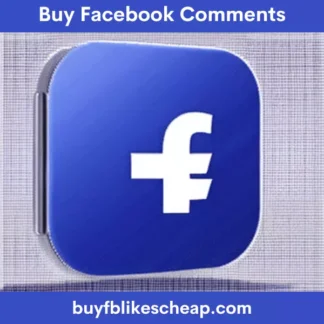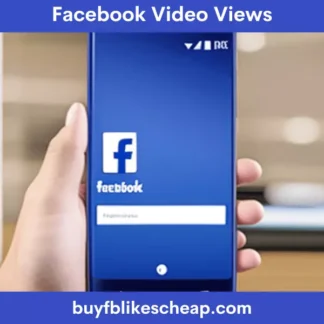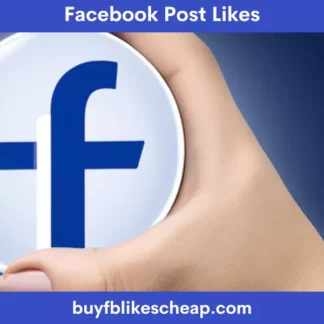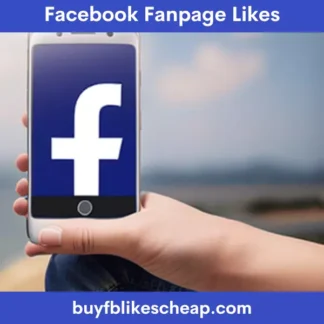You may have already noticed that the organic reach of Facebook Pages has been experiencing a significant drop for some time, and you may even have been trying to fight against it for some time. In this post we are going to try to break down some of the keys related to the reach of Facebook pages and help you to focus your efforts buy 1000 Facebook photo likes. Let’s start clarifying concepts:
What is scope?
Reach is the number of (unique) people who have seen your posts. This means that if the Facebook page of your NGO has, for example, 5,000 fans, only a part of these fans will see the publication. But, in addition, there may be other people, who are not fans of your page, who also see it (because they are shared by others, for example).
In addition, there are different ways to measure the reach that are collected in Facebook statistics. First of all, Facebook differentiates between paid reach (the one you get from advertising) and organic reach. The total reach counts the number of people who saw your publication buy 1000 Facebook photo likes, which is not the same as the sum of organic reach plus paid reach (because a person may see your publication in both ways and will only be counted once).
In addition, we will have the total reach of the page (in a period): number of people who have seen some content on your page.
These metrics can be misleading if not well understood. Different variables are involved, such as:
- Community size
- Virility achieved by the publication
- Frequency of posts
Why does scope influence you?
Easy: because if they don’t see you, you don’t exist. Only part of your audience is seeing your post each time you create it. What part, that is, what percentage? Well, it varies with each publication (that’s precisely what this post is about), but usually the number of people we reach can be between 1 and 20% of your fans.
Go to the statistics page of your NGO and check the number of people each of them is reaching.
It all starts with scope. Impressions, interactions (clicks, likes, reactions,) depend, of course, in the first place, on how many people saw your content. So it’s a metric you have to take very seriously.
Come on, okay, I’ll take a closer look, but what does the range depend on?
Whether or not a post is shown on the wall of one of your NGO’s fans depends on what is called Edgerank, which is Facebook’s algorithm for determining this topic. The edgerank considers the following factors:
- The type of post: for Facebook, the content that usually receives more interactions from users “weights” more. And these, traditionally, have been the images, but now they are the videos.
- The type of device from which the person is accessing and their connection speed.
- The number and type of interactions the post receives (positive or negative)
- The affinity that the person has with your page (their interaction history with you)
- Of the time that has passed since you published and the person connects
- From the user’s preferences (who can prioritize publications according to their interests, affinities, etc.)
And then what can I do so that the publications of my NGO on Facebook have more reach?
You are already convinced that it is an important metric. That is already a first step. Now, the first tip to get more reach is to WORRY LESS ABOUT REACH and really think about being useful to the people in your community. J It sounds a bit silly, and a bit obvious, but I can’t make a post like this without reiterating what we always say: that your greatest concern as a communicator should always be to think about the needs and interests of the people who one day they decided you’re interesting enough for them…
If you honestly think quality and utility are top of mind, try these other ideas:
ANALYZE AND REACT
- See what your best time to post is,
- Seeing the moments in which your audience is connected and taking into account that if you do not achieve interaction in the first hours, your post will soon die.
- And doing your own posting “experiments” at different times.
- Monitor the types of content that work best for you and try to use different formats.
- Try playing around with your Page’s weekly posting frequency and see if this increases your Page’s overall organic reach (reaching different people at different times, on different days). Programming something on the weekend if you don’t do it is already a good option.
AND REINVENT YOUR CONTENT AND HOW YOU TELL IT TO INCREASE ENGAGEMENT
- Enter the “agenda” of your community, using what is in their heads and hearts in an elegant and intelligent way (you cannot be on the fringe of reality, but you cannot own it either). For example,
- Celebrate world days or special dates.
- Enter the #trendingtopics whenever you have something to contribute or come to the case.
- Theme your content seasonally (school calendar, seasons of the year…)
- Try doing different things like quizzes or quizzes with your community. Ask them to get involved but do it with respect and interest. Come on, don’t do it just because that day you thought to ask buy 1000 Facebook photo likes. It is important that the person feels attracted to respond (see a purpose, have fun or feel that they have something relevant to contribute). Asking is an art.
- Ask for it (every once in a while, okay?) by appealing to the emotional. Dan Zarrella suggests that specific calls to the reader to interact with content and that also appeal to emotions (“if this makes you angry”, “if you know someone who…”) work wonders when it comes to increasing engagement. And improving the engagement of the publications helps to achieve more reach. So there you have it.





